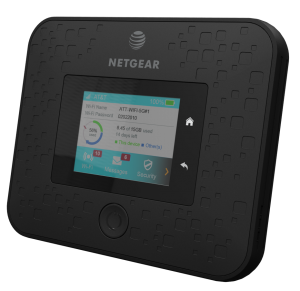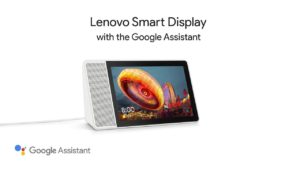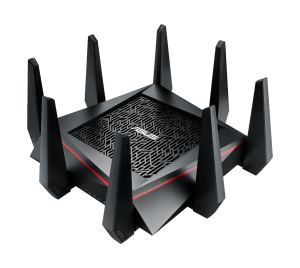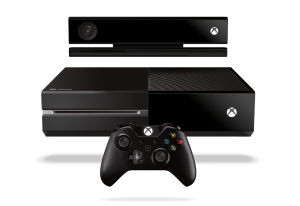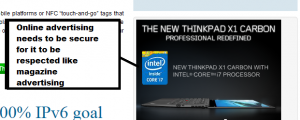Article
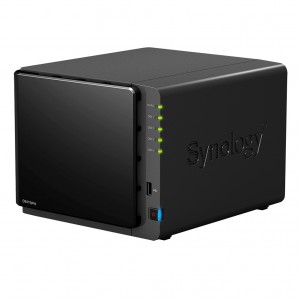
Synology DiskStation DS415play – an example of these full-function network-attached-storage units
Synology DSM vs. QNAP QTS: Which NAS is right for you? | Windows Central
My Comments
Increasingly Synology and QNAP have become strong rivals when it comes to full-function network-attached-storage devices that do more than what WD, Seagate and others offer. Here, they are made by two NAS specialists who are running high-end NAS-focused operating systems that can be run headless or with a screen and keyboard “head”. Some manufacturers like NETGEAR and ASUSStor are following on with Synology’s and QNAP’s efforts to join in the pack when it comes to
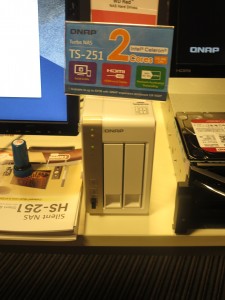
QNAP TS-251 2-bay NAS – another example of what a full-function NAS is about
offering full-function NAS units for home and small-business use.
Recent iterations of these devices typically have the same kind of computing power as a relatively-recent low-end regular personal computer but put this power towards file handling and serving. Most of them will support at least a two-disk RAID setup in the low-tier varieties with the mainstream models having four or five disk bays for a RAID 5 setup. The “brain” in these devices will be mostly an ARM-based CPU but higher-spec variants may use an Intel or AMD processor expected in a very low-end laptop computer. You may also find some NAS units like the Synology “play” NAS units running a graphics processor as a co-processor for media transcoding. A significant number of models will even support upgradeable RAM to allow them to work more quickly and handle more data traffic.
But the operating system is of a similar standard to one that would drive a regular personal computer. Most likely it would be a variant of a desktop Linux distribution and would be regularly updated as well as allowing users to install apps from the NAS vendor’s app store. Once you log in through a Web-based user interface or a keyboard / screen / mouse “console” attached to the NAS, you would experience a user interface similar to Windows, MacOS or desktop Linux running a graphical user interface. But most of these user interfaces can’t allow for cut-and-paste between the host computer and the NAS user interface.
The apps will typically convey particular file-handling functions like syncing to online storage platforms, BitTorrent server functionality and DLNA-compliant media-server functionality. There is also apps that “tie” the NAS to native mobile-platform client apps supplied by the vendor to allow transfer of data between the NAS and a mobile-platform tablet or smartphone. It is typically a way to push a NAS as a “personal cloud” by working with a vendor-hosted “DNS-mapping” arrangement to allow you to upload content from your iPhone to your NAS even while you are out and about and connected to the Internet. This is in addition to various “client-backup” server tools for regular-computer platforms along with NAS-NAS backup tools.
Let’s not forget software like media-player functionality or IP-camera videosurveillance recording functionality. In some cases, there are various server apps for email or WordPress content management so you could easily purpose these units as a business information server. In some cases, adding peripherals to these NAS devices opens up paths for extra functionality with, for example, TV-tuner modules converting these NAS units in to Tivo-style PVRs that can share live or recorded TV content over the network.
QNAP’s QTS and Synology are very similar in many ways but Synology is focused towards simplified operation while QTS is focused towards taking advantage of faster better hardware. There are other similar full-featured NAS platforms like Netgear’s ReadyNAS or the ASUSStor NAS platform existing but there doesn’t seem to be the same kind of third-party developer base built up around these platforms.
But what can be done to make the full-featured NAS market better? One approach could be to allow the licensing of one or more of these NAS operating systems and app platforms to other companies on a “white-label” basis so they can launch their own full-featured NAS product range. This can avoid the need for a company who wants to develop their own NAS product to “reinvent the wheel” when building software. As well, the creation of one or more large platform bases for NAS operating systems can give software developers the confidence to create software for these devices. Therefore it can avoid the home and small-business NAS market becoming like the games-console market which is focused towards vendor-specific solutions with a limited path for delivering additional software.
Personally, I would recommend the full-function NAS units of the Synology or QNAP ilk as being suitable for those of us who want more out of a network-storage device. In some cases, I would see it as appealing for an upgrade path for people who see their NAS device do more than just host files from your computer and share them to your Smart TV. Similarly it would appeal to those of us who want the basic abilities like DLNA media serving to be done in a more capable manner.

